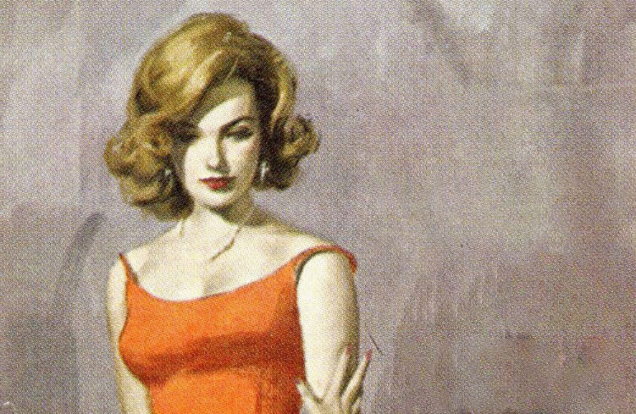8 LGBTQ ARTISTS
Get To Know Ren Hang, Claude Cahun + more
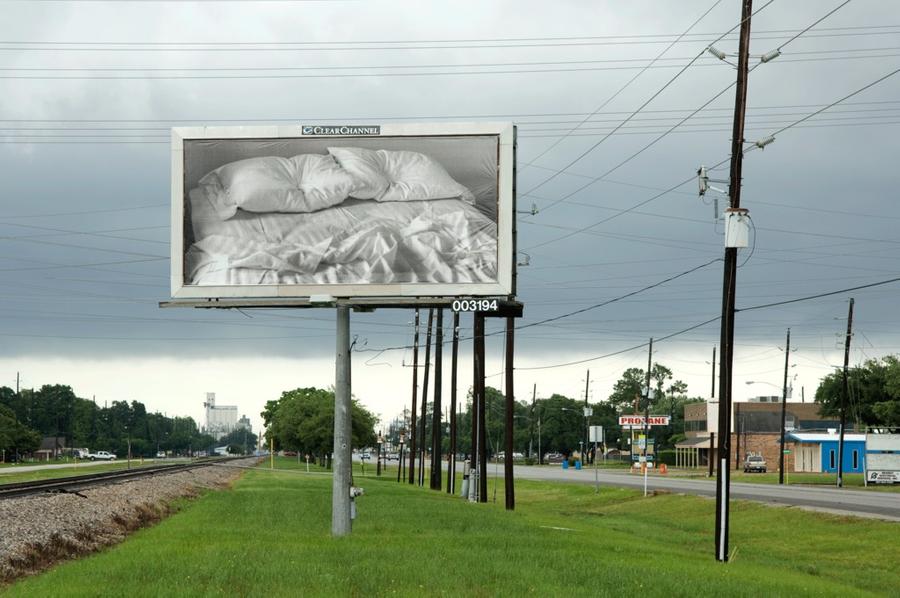
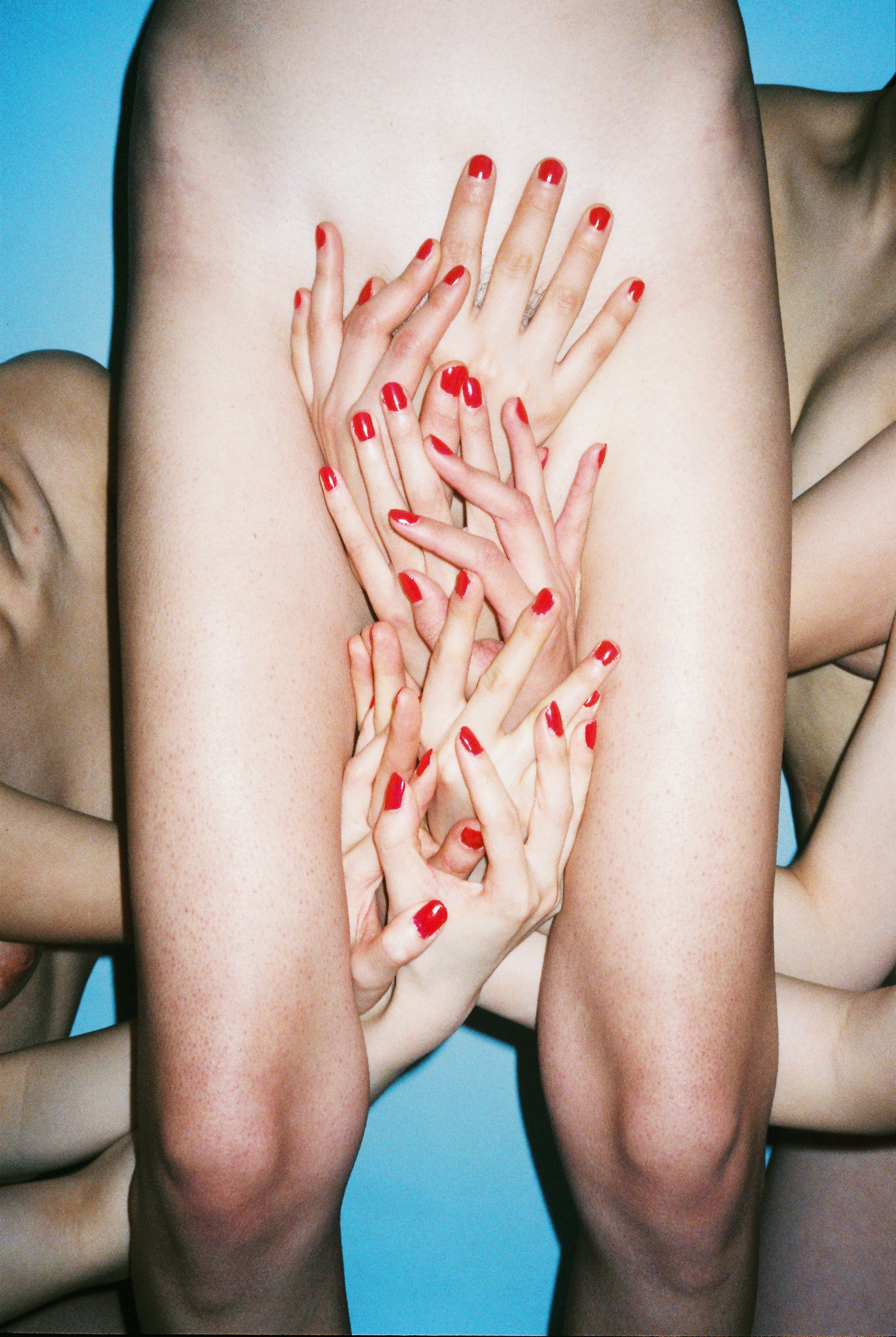
Queer art, as defined by the Tate glossary, is “art of homosexual or lesbian imagery that is based around the issues that evolved out of the gender and identity politics of the 1980s.” There are artworks with latent homosexual themes that pre-date the Queer Art movement by centuries. But, in the wake of the AIDS epidemic and gay-liberation of the 1980s and ’90s, a new generation of artists actively created work that explicitly addressed LGBTQ identity and rights. In her 2017 Medium article “What is Queer Art?” artist Kate Shields points out that “simply defining queer art as art made by people who are homosexual or lesbian, is as reductive as defining queer people as those who have same-sex relationships.” Because the LGBTQ community re-appropriated the word “queer” to include anything marginalized or subversive of the dominant culture, queer art isn’t merely related to sexuality and is mainly political.
As Pride month comes to a close, let’s examine how queerness within the arts has historically pushed boundaries and can continue to do so in our paradoxical world that is both increasingly accepting and discriminatory at the same time. Here’s a list of prominent LGBTQ artists—across generations and mediums—whose practices shaped queer art and have had a lasting impact on younger generations.
Mickalene Thomas
Inspired by Impressionism, Cubism, Dada and the Harlem Renaissance, contemporary African-American multimedia artist Mickalene Thomas is known for her influential rhinestone-encrusted works. Based in Brooklyn, NY, Thomas explores themes of female sexuality, beauty and power through constructing complex portraits, landscapes and interiors. Her work highlights how identity, gender and self-perception are primarily informed by how women and the “feminine” are portrayed in art and pop-culture.

David Hockney
Considered one of the most influential British artists of the 20th century, David Hockney significantly contributed to the Pop Art movement of the 1960s by developing an iconic visual language for the California landscape and domestic spaces. Because homosexuality was illegal in England while Hockney was creating much of his earlier work, he courageously celebrates gay love subtly in much of his highly personal oeuvre. Most notable is his 1972 work, Portrait of an Artist (Pool with Two Figures), which portrays Peter Schlesinger—Hockney’s partner at the time—swimming to the surface of a pool and Hockney looking down at him. The work sold for $90.3 million in 2018, making it the highest price ever achieved at auction for a painting by a living artist.

Ren Hang
Chinese artist Ren Hang’s vibrant, provocative nude photographic portraits of friends are remarkable because they depict Chinese sexuality within a heavily censored society. This subject matter led to Hang’s arrest by PRC authorities on more than one occasion. While his work tackles the repression of queer identities and sexuality in dominant Chinese culture, Hang has stated that his art is not intentionally political. Hang, who suffered from depression, died by suicide in 2017 at age 29, ending his seminal, meteoric career far too soon.
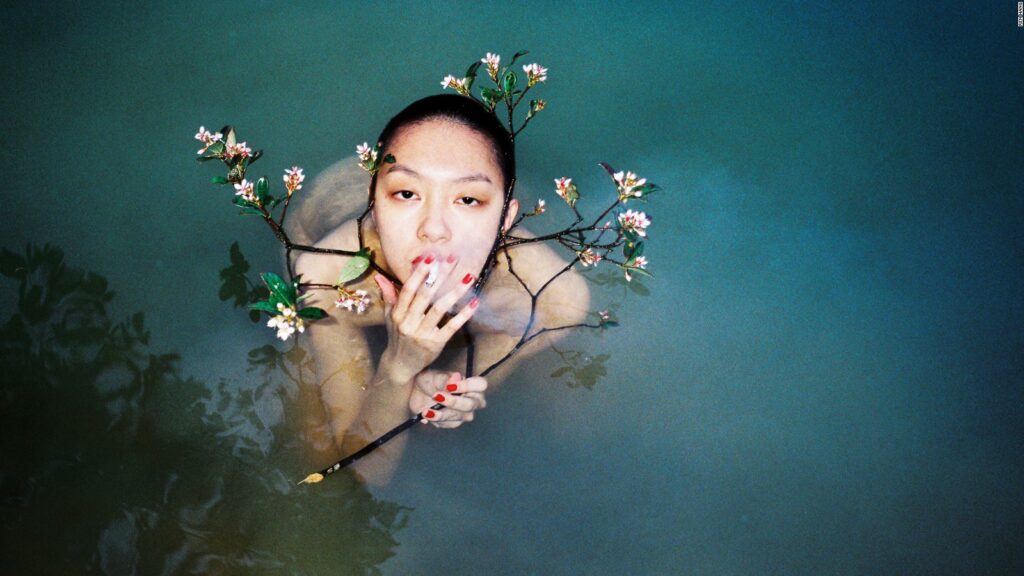
Claude Cahun
Born Lucy Renee Mathilde Schwob, the French photographer, sculptor and writer, adopted the gender-ambiguous name Claude Cahun in 1917. Best known for self-portraits that explore gender identity and the subconscious mind through adopting various personae, Cahun was a transgender artist far ahead of her time. Regarding Cahun, David Bowie said, “you could call her a cross dressing Man Ray with surrealist tendencies. I find this work really quite mad, in the nicest way…she has not had the kind of recognition that, as a founding follower, friend, and worker of the original surrealist movement, she surely deserves.”
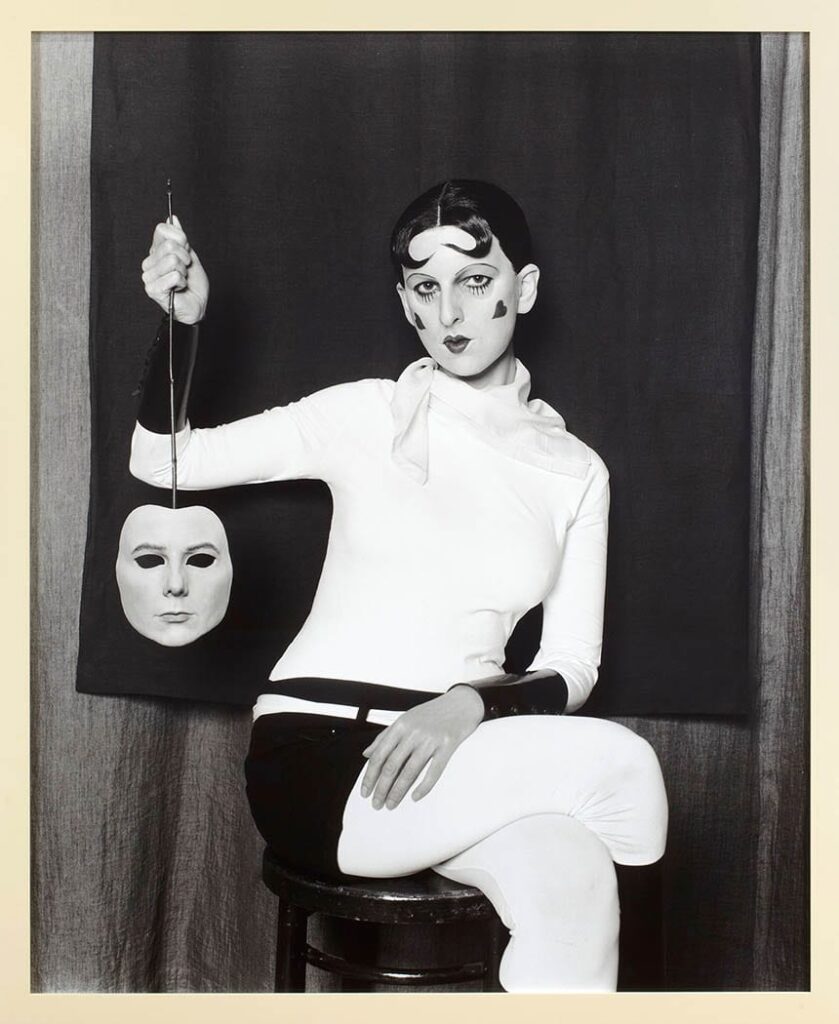
Deborah Kass
Mixed media artist Deborah Kass explores the intersection of pop culture, art history and the self’s construction. Best known for her queer and feminist-infused appropriations of Andy Warhol’s work, Kass’s practice challenges traditional gender norms and the white, male-centric art world. Her personal, cultural experience as a Jewish lesbian also largely informs her work.
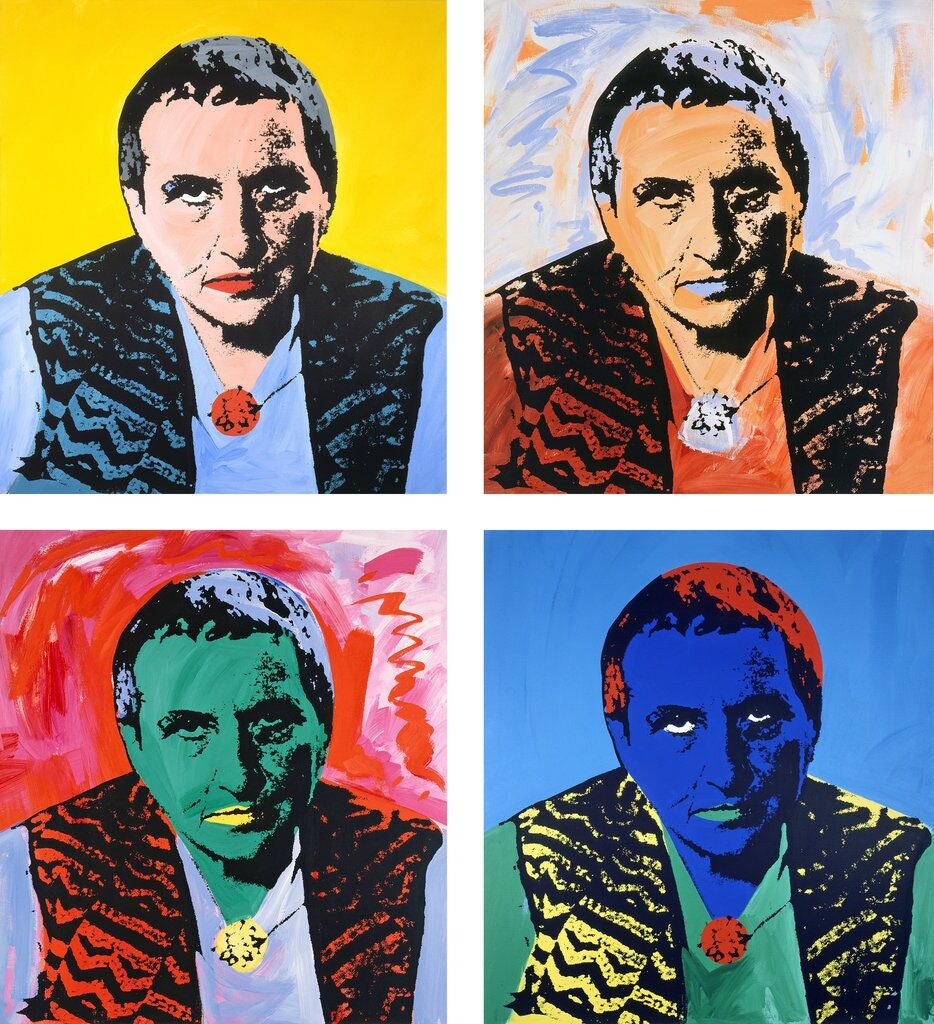
Robert Mapplethorpe
American photographer Robert Mapplethorpe gained notoriety in the late 1960s and early 1970s for his controversial documentation of New York City’s underground homosexual BDSM scene. A 1989 exhibition of his work, Robert Mapplethorpe: The Perfect Moment, sparked a debate over American obscenity laws due to the homoerotic and sadomasochistic. It led to the Culture Wars of the 1990s. Sadly, Mapplethorpe died from HIV/AIDS at age 42. However, he left a lasting legacy, paving the way for subsequent artists to further push boundaries by exploring and celebrating marginalized identities.
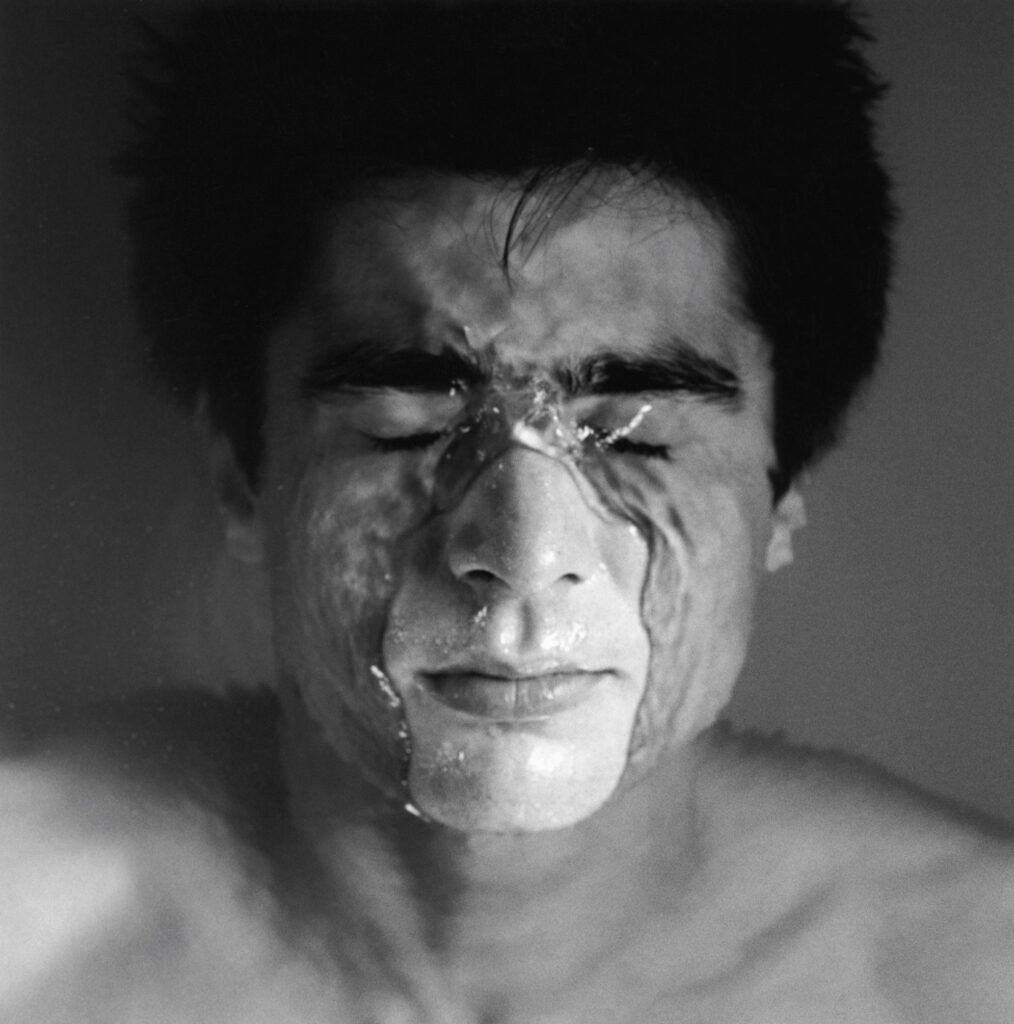
Zanele Muholi
South African visual activist and photographer Zanele Muholi has documented black lesbian, gay, bisexual, transgender and intersex lives in several townships in South Africa for over a decade. Muholi’s self-proclaimed mission is “to re-write a black queer and trans-visual history of South Africa for the world to know of our resistance and existence at the height of hate crimes in SA and beyond.” Through stunning portraits and positive imagery, Muholi’s work contributes to a more inclusive depiction of South Africa to counteract the stigma surrounding queer identity in African society.
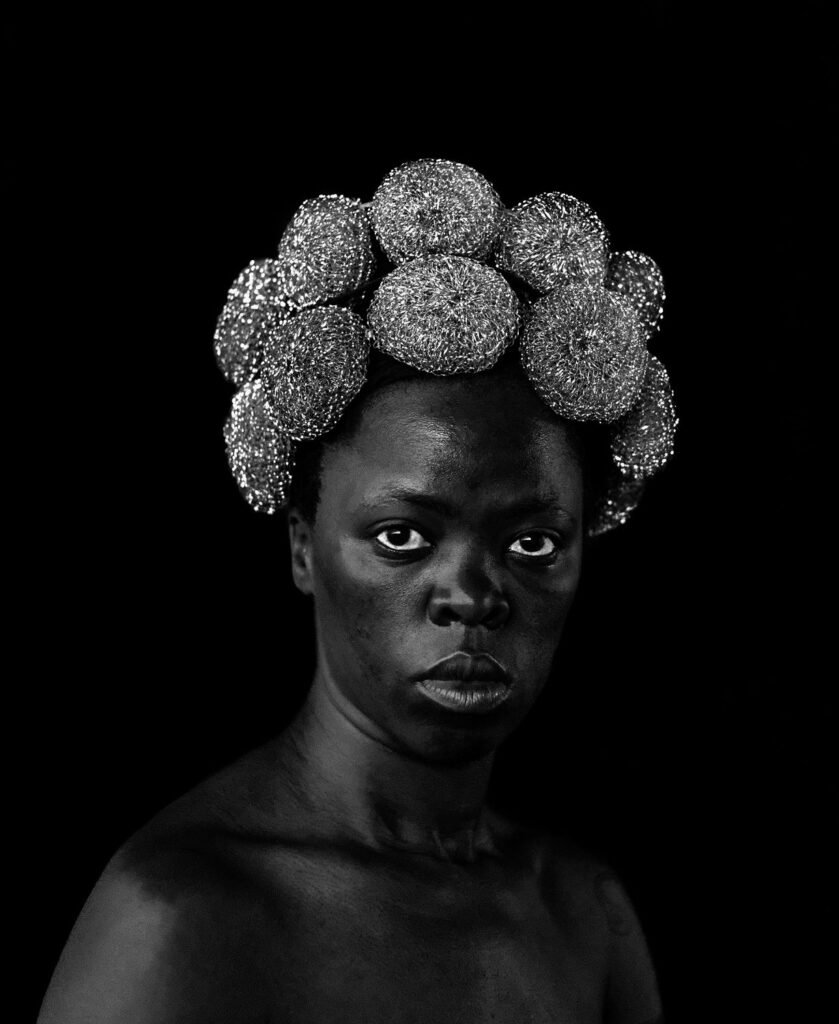
Félix González-Torres
Cuban-born mixed media artist Félix González-Torres was involved in social and political causes throughout his career. As an openly gay man in the ’80s and ’90s, he saw little separation between public and private life. He utilized a conceptual and reduced aesthetic visual language to discuss themes like love and loss, sickness and rejuvenation, gender and sexuality. González-Torres’ activist art has influenced younger generations who continue to use forms of minimalism to address urgent social and political issues. In 2007, González-Torres became the second American artist to represent the U.S. at the Venice Biennale posthumously.


